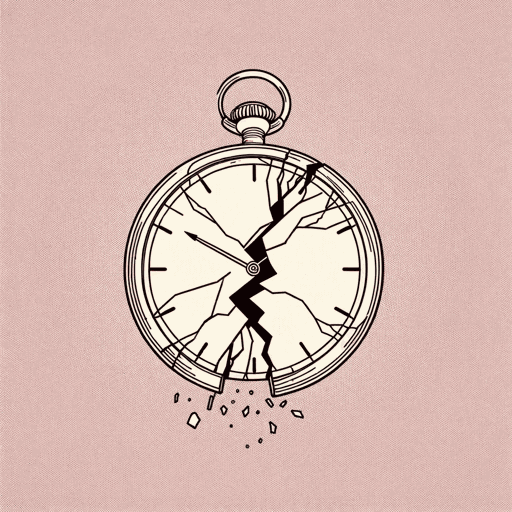60 pages • 2 hours read
Alan MooreV for Vendetta
Fiction | Graphic Novel/Book | Adult | Published in 1990A modern alternative to SparkNotes and CliffsNotes, SuperSummary offers high-quality Study Guides with detailed chapter summaries and analysis of major themes, characters, and more.
Themes
The True Nature of Anarchy
Anarchy is depicted in a nuanced way that does not force interpretations onto readers by presenting open-ended information. In this way, the novel is practicing what it preaches by allowing its readers the right to self-determine. Anarchy is a philosophical concept that works to dismantle authority and abolish hierarchy, instead dispersing power horizontally among all people. It is a rejection of class and other dogmas meant to rule over people in favor of absolute autonomy, self-governance, and community care.
Though anarchy is undoubtedly the novel’s idea of the more just form of government, it does not go uninterrogated. Because the Norsefire regime is so clearly unjust, V’s destruction of their property and murdering of their even more murderous and violent members do not elicit much condemnation. The same cannot be said when V forcibly reeducates Evey in his fake prison. Once freed, she asks V who gave him the right to decide that her former life wasn’t good enough for her. Anarchy advocates for the abolition of power hierarchies, yet V uses his power over Evey to imprison and torture her. If anarchy’s key tenet is the right to self-govern, the novel asks if Evey was ultimately given that right.


